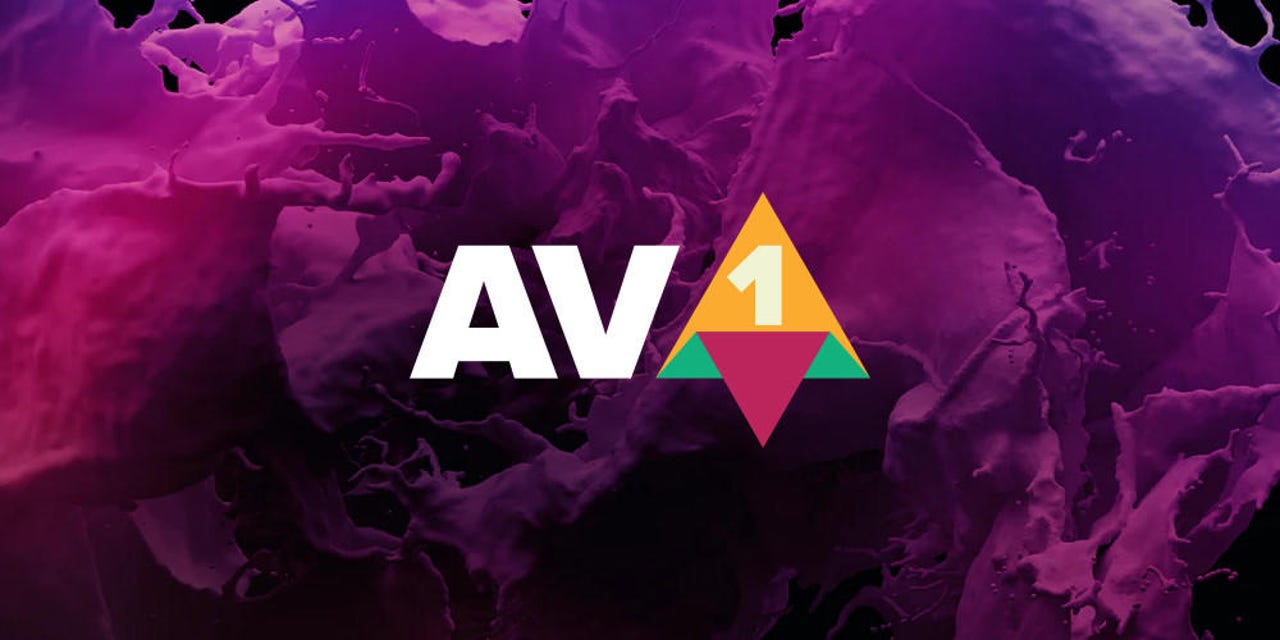Chrome and Firefox are getting support for the new AVIF image format


The new lightweight and royalty-free AVIF image format is coming to web browsers. Work is almost complete on adding AVIF support to Google Chrome and Mozilla Firefox.
The new image format is considered one of the lightest and most optimized image compression formats, and has already gained praise from companies such as Netflix, which considers it superior to existing image formats such as JPEG, PNG, and even the newer WebP.
A short history of AVIF
The acronym of AVIF stands for AV1 Image File Format. As its name hints, AVIF is based on AV1, which is a video codec that was developed in 2015, following a collaboration between Google, Cisco, and Xiph.org (who also worked with Mozilla).
At the time, the three decided to pool their respective in-house video codecs (VPX, Thor, and Daala) to create a new one (AV1) that they planned to offer as an open-source and royalty-free alternative to all the commercial video codecs that had fragmented and clogged the video streaming market in the late 2000s and early 2010s.
After its launch, it didn't take long for AV1 to establish itself as one of the best video codecs on the market and gain appraisals from all the companies that implemented it -- i.e., Facebook.
As AV1 matured, the Alliance for Open Media, the organization behind AV1, also decided to create an image file format that used AV1 compression algorithms to reduce the size of images on the web and elsewhere.
Riding high on AV1's success, it also didn't take AVIF long to gain adoption. Netflix rolled out support for AVIF images in late 2018, even before the new image standard was formally approved in February 2019, and the video streaming platform was soon followed by software apps like the VLC video player, the Gimp image editor, and others.
However, AVIF got its biggest boost when Microsoft added support for it in the Windows 10 May 2019 Update. As long as users have the proper AV1 video codec installed from the Microsoft Store (free download), AVIF images will now load natively on Windows 10 apps like Paint and File Explorer.
Support coming to browsers
But AVIF is most likely to receive its biggest boost in the coming months when it will slowly make its way into web browsers. Once in web browsers, website operators will be able to rest assured that they can make the transition to the new format on live production sites, which, in turn, will skyrocket its adoption even more.
Just like it was with AV1, Firefox was the first browser to announce support for AVIF.
Mozilla began working on adding AVIF support to Firefox in January 2020, and initially, the feature was supposed to go live in May, with Firefox 76.
Unfortunately, snags and the coronavirus pandemic delayed those plans. Currently, Mozilla is still testing AVIF inside Firefox Nightly, and official AVIF image support is expected to go live later this summer, with the release of Firefox 80, at the end of August -- unless it's delayed again.
AVIF experiment in Firefox Nightly
On Chrome, this feature is also scheduled for a release this year, in Chrome 85, also expected sometime in August.
According to a Gerrit entry, Google is skipping the testing phase since it believes there's "low risk" to adding this AVIF support to the browser and will enable AVIF support by default to all users once Chrome 85 is live.
Since actual AVIF support is added to the Chromium browser engine -- on which Chrome is based -- AVIF support will also most likely make it to the other Chromium-based browsers, such as Edge, Vivaldi, Opera, and Brave by the end of the year.